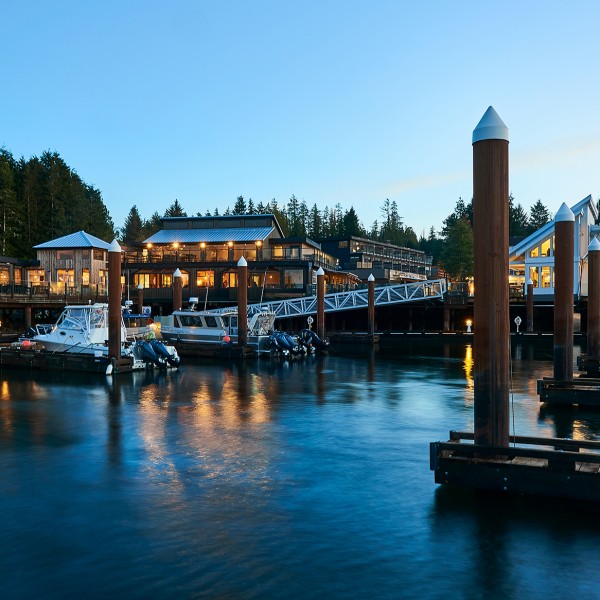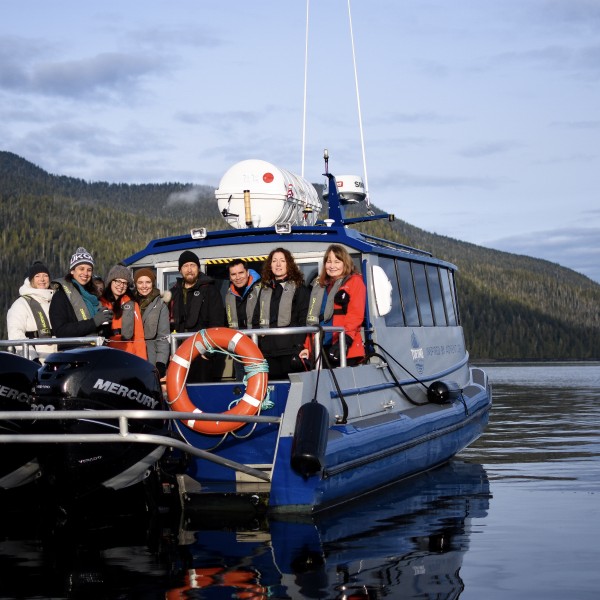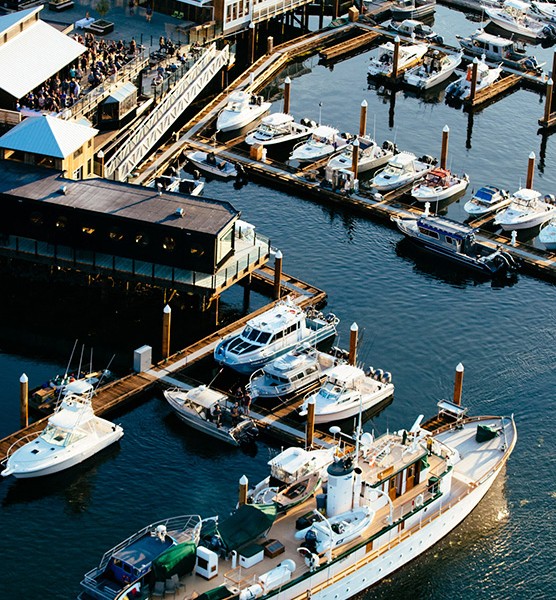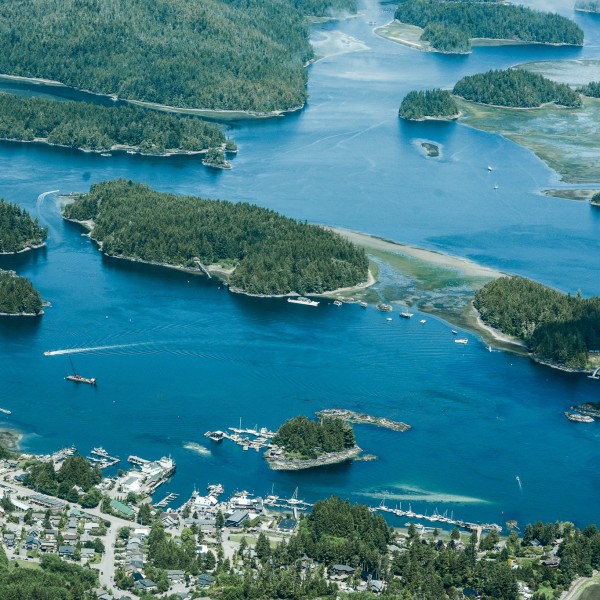The Tonquin Explosion: A Tofino History Lesson
When the man named Joseachal accepted the role of translator on the doomed fur trading ship, Tonquin, little did he know the role he would play in the history of Clayoquot Sound. A citizen of the Quinault Nation in what is now the modern-day west coast of Washington State’s Olympic Peninsula, Joseachal was hired by the hot-tempered American captain, Jonathon Thorn, to help negotiate fur trades in the Tla-o-qui-aht nation. This was in 1811, and Tla-o-qui-aht Chief Wickanninish controlled a vast swath of coastline, from the Strait of Juan de Fuca—just north of the Quinault Nation—all the way to Woody Point, near Nootka Sound. Imagine how many furs and board feet of timber was in that stretch of coast, a gold mine for industrious businessmen. John Jacob Astor was just such a man.
Astor had the good ship Tonquin built in New York. It sailed to China to trade sandalwood first, but was soon sent to the great Pacific Northwest in search of furs. Two centuries ago, working on a ship was not the romantic notion modern adventurers imagine mariner life to be. Tight quarters, terrible food, and constant humidity would have made a seaman’s life less than awesome. Additionally, one of the Tonquin’s crew’s biggest fears was “impressment,” the law that allowed sailors to be conscripted into military and naval service, with or without notice. Imagine sailing along in search of furs, and then being kidnapped into military service for the King of England? Bummer, man.
Little did the men of the Tonquin know they’d be going into a military situation anyway. Well, we say that, but the ship was a 10-gun merchant vessel, with rifles on board. They weren’t exactly pacifists. But I digress.
After arriving at the mouth of the Columbia River, the captain sent men to take depth soundings around a notoriously dangerous sandbar. They died. So, he sent more. They died too. At this point, you’d think the men may be losing some confidence in ol’ Captain Impatience, or maybe that was just life on a ship? Either way, the Tonquin eventually was able to set up a trading post at what is modern-day Astoria, Oregon. You know, the place with the famous shipwreck?
On June 5, 1811, Captain Thorn and the Tonquin sailed north, taking five days to reach Clayoquot Sound. He wanted sea otter pelts. Everyone wanted sea otter pelts, a feverish fashion that would eventually kill off sea otters in the area completely. They only exist here now because they were reintroduced, and they breed like crazy. Dirty little sea otters.
Chief Wickaninnish was not a fan of the Americans. They had a bad track record with the Tla-o-qui-aht, burning both villages, and locals on agreed-upon deals. One American ship had once even procured guiding services from a few Tla-o-qui-aht with the promise of bringing them back, but instead ditched them down south. They made it home anyway…tough as nails, those guys must have been.
So with bad blood already in the water, Thorn and Wickaninnish’s men engaged in trade. The Tla-o-qui-aht had sent an elder named Nookamis to lead the trading, and with him he brought a bunch of men to back him up. Remember, the Americans couldn’t be trusted. Long story short, an agreement was not reached, and the fiery Captain Thorn “got in a passion with Nookamis”, and hit him on the face with a fur. To make matters worse, Thorn ordered the ship prepare to depart with the Tla-o-qui-aht still on board. Clearly, Thorn was not a skilled diplomat.
On June 15th, as the Tonquin was preparing to set sail, the Tla-o-qui-aht returned and asked to trade again. Here, accounts vary on whether the First Nations traded for knives or snuck them onboard, but either way they had blades on them. Violence erupted. The Tla-o-qui-aht won handily, killing everyone but four men who holed up below deck. One guy was too injured to get away, so he instructed the others to lay out a line of gunpowder to the powder magazine and then leave. The three remaining guys escaped under the cover of night. James Lewis, the critically injured man left behind, waited until the Tla-o-qui-aht returned, lit the fuse and blew the ship sky high, scattering it to the Clayoquot winds. The number of locals who died in the explosion has been debated, but it’s safe to say a bunch of Tla-o-qui-aht went down with the ship.
The sailors who escaped were captured by the Nuu-chah-nulth First Nation down the coast, and subsequently tortured to death. Of the 30 crew on the Tonquin, one man survived: our boy Joseachal. Rumour has it that he begged for his life from a Nuu-chah-nulth woman during the original fight. Joseachal later told his story to Gabriel Franchère, a merchant apprentice and part of the crew of the Tonquin, who had been left behind at Fort Astoria.
Joseachal’s account is the only one detailing the fate of the Tonquin.
The moral of the story? Don’t be a dick, and trade fairly.







